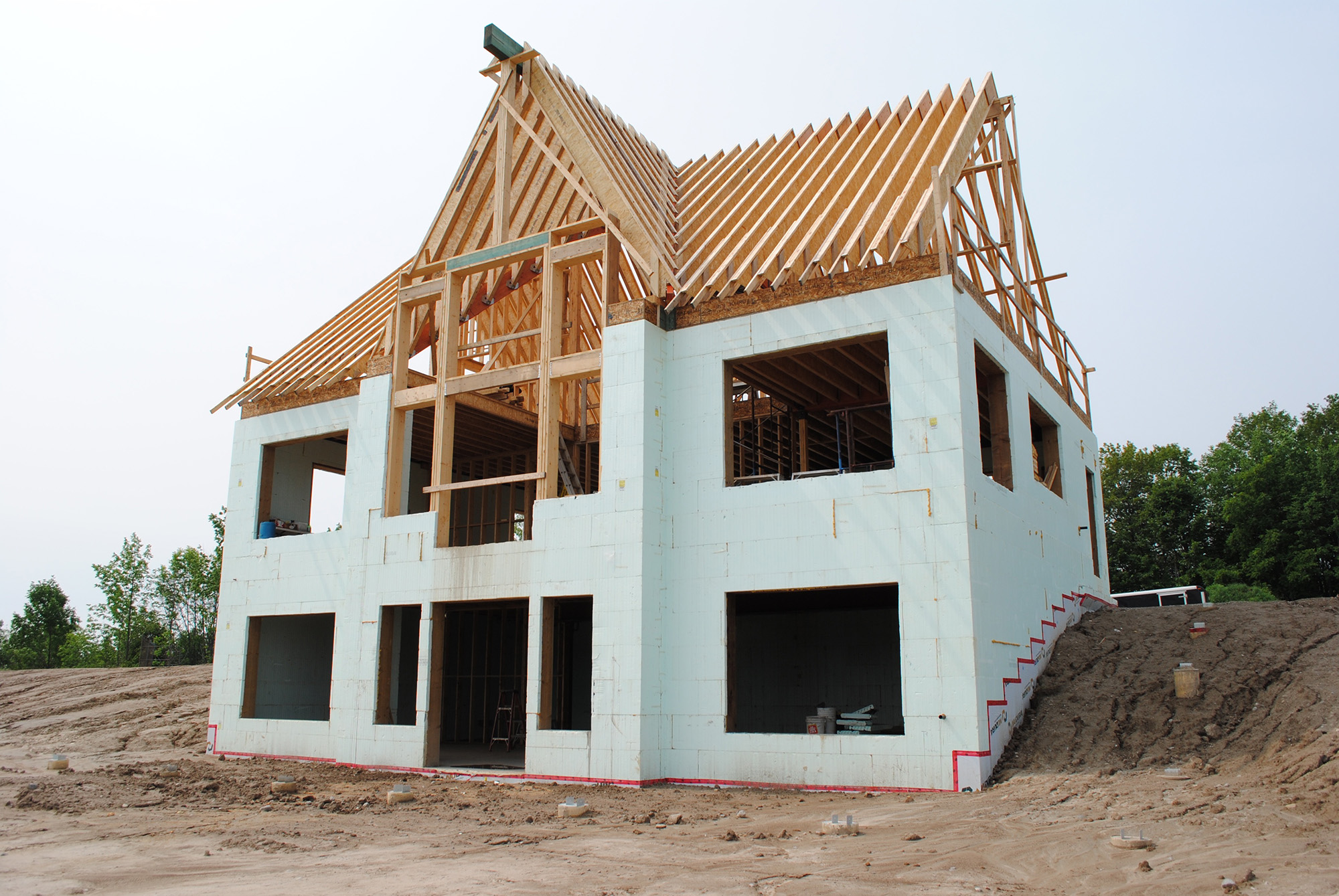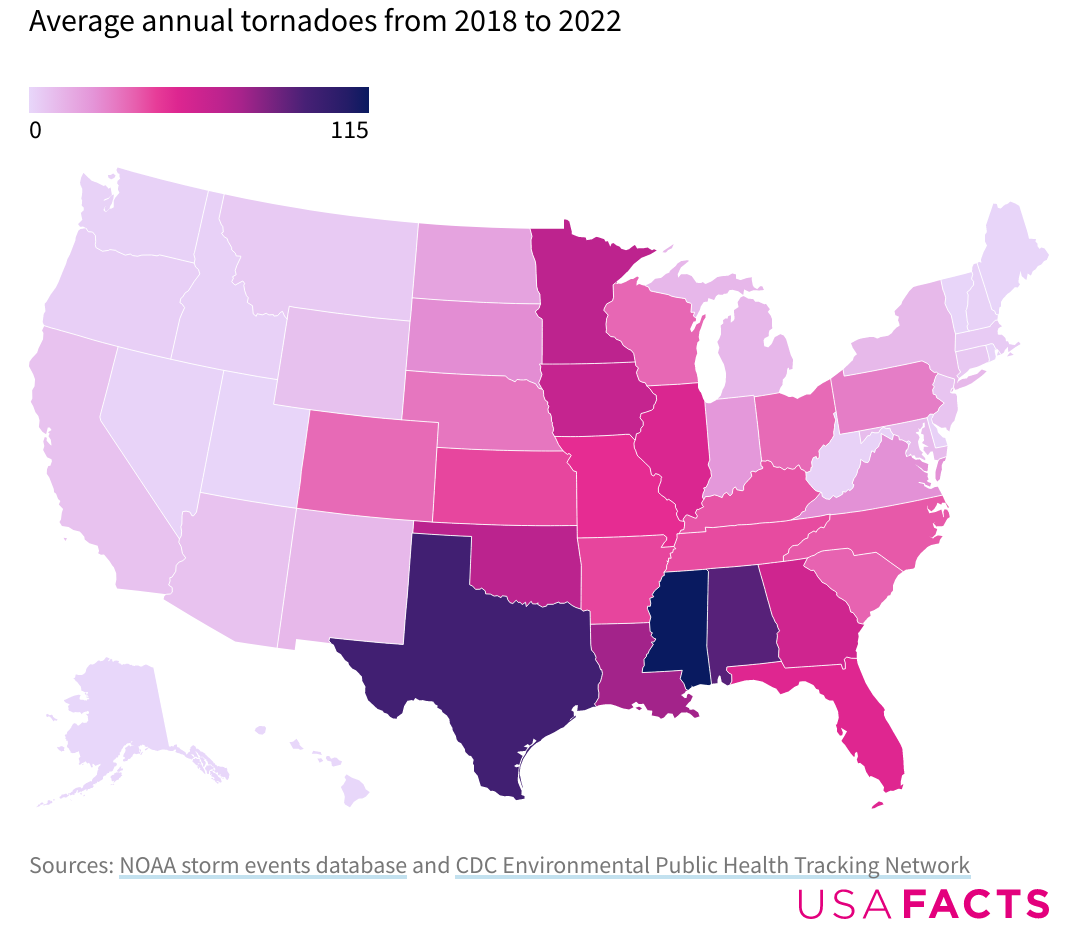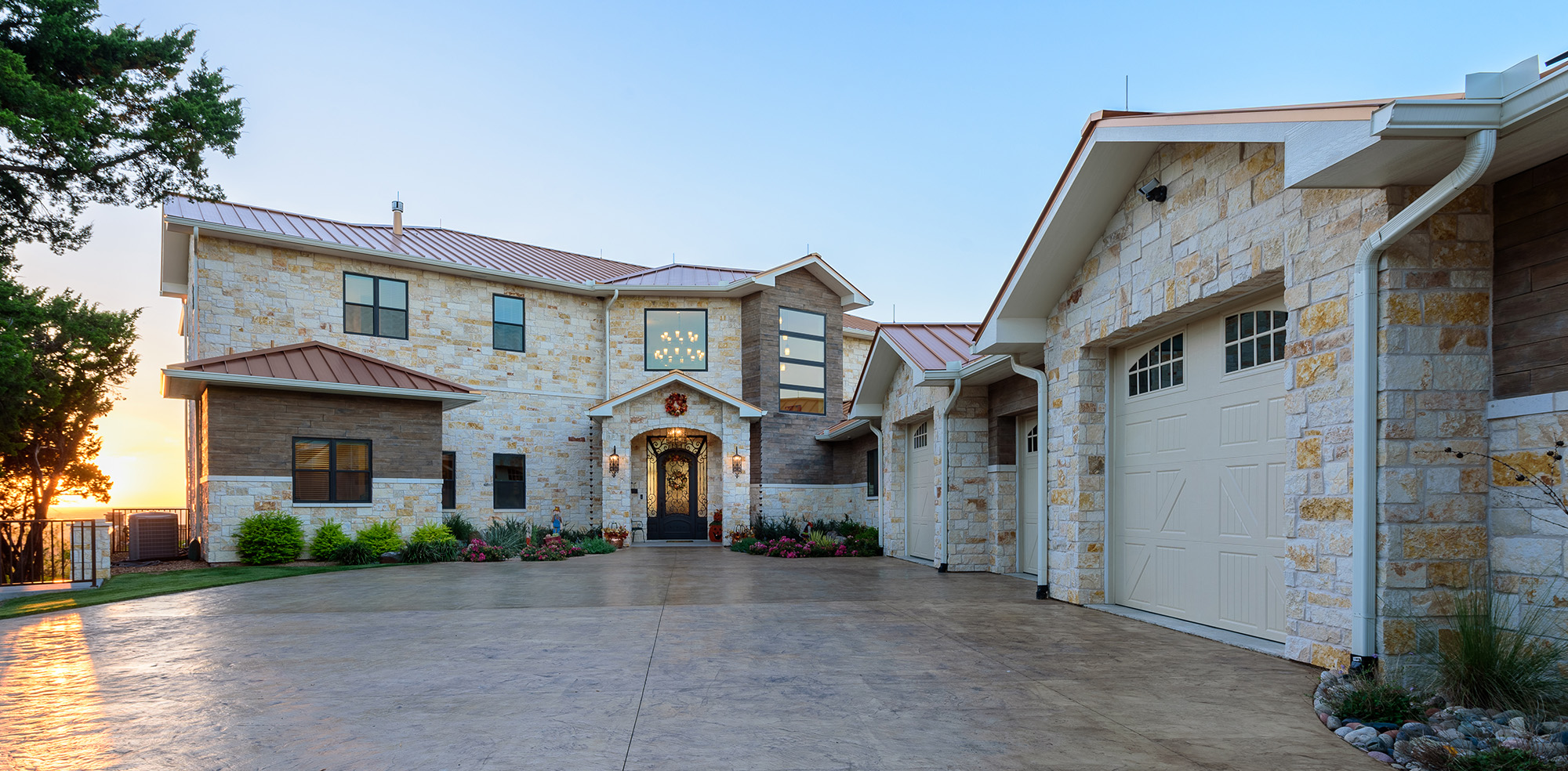
- Products
- Why Nudura
- Nudura Project Applications
- Training Academy
- Resources
- Company
With increases in extreme winds and weather occurrences, when you're looking to design a new house, you should consider constructing it with insulated concrete forms (ICFs) to enhance the strength and resiliency of your home.
ICFs consist of two panels of EPS foam that are connected by an inner web system and once stacked and reinforced, are filled with concrete for a solid, monolithic, concrete core. Along with the ensured safety and durability, ICF construction also increases energy efficiency and ongoing cost savings to your home compared to a standard wood frame house.
Why You Should Build with ICFs in a Tornado Zone
Safety First
In places like Tornado Alley where there are frequent tornados, it is important to understand the ways you can protect yourself, your home and your family from the high-speed winds and impact from flying debris. Unfortunately in these areas, it is not a matter of IF your house will experience a tornado, but WHEN. With winds ranging from 65 mph (104 kph) to over 200 mph (322 kph), you want to give your house the best chance to withstand a natural disaster.
To trust your house will be a safe haven in these conditions, use ICFs which contain a reinforced solid concrete core to protect you and your family from harm. When you build with ICFs, you are protected by several inches of EPS foam and solid concrete, whereas a wood-frame house only offers soft bat insulation, the wood frame, and drywall.
To prove its tornado-resistance, Nudura ICFs have undergone debris impact testing at Texas Tech University, where a 15 lb. (6.8 kilo) wooden plank was propelled at 100 mph (161 kph) to simulate a 250 mph (402 kph) ground speed tornado. The ICF wall remained intact with limited damage to the foam. This test demonstrated the strength of a Nudura ICF wall when facing wind and debris.
When building a house, safety should be your top priority. Shelter is more than just a roof over your head, it is a space to protect you and your loved ones no matter the environmental conditions. Constructing your home with insulated concrete forms literally shields you from the devastating effects of a storm.
You Can Never Be Too Careful
For extra protection, consider adding a tornado safe room built with ICFs into your property design. Nudura’s Martin Clark recommends families “opt for the strongest impact-resilient house available, or at the very least, a safe room within your home built using ICF.” Whether you build an entire ICF house or an ICF safe room, incorporating insulated concrete forms in any capacity into your home provides tested safety and peace of mind from the threatening forces of tornadoes.
Insulated concrete forms can be used to meet the Federal Emergency Management Agency (FEMA) criteria of a safe room with “near-absolute protection,” meaning that the occupants have a high probability of being protected from injury or death.
You can include a safe room easily into your floor plans by combining it with an existing room to create a dual-purpose space. They can be located on the interior of the house or exterior, as well as below ground or above ground, so long as they are within 150 feet with quick access for residents.
For example, reinforce your interior pantry, laundry room, or closet using ICFs. Even a detached ICF garage can serve as an effective safe room. They are easily built with ICF walls, a concrete ceiling and a steel FEMA-approved door.
Reduce the Need to Rebuild
When you live in areas at a greater risk for tornadoes, it is critical to incorporate building materials and strategies to minimize damage to your home. ICF blocks give you an affordable and reliable way to construct your desired home with the safety features necessary for tornado-prone regions.
Choosing to build with ICFs over traditional wood framing also increases your house’s long-term value by reducing the likelihood of having to rebuild after tornado occurrences. Think of the time, energy, finances and heartache saved from being able to stay in your house during a severe storm or return to it still intact after a natural disaster. In 2021 alone, tornadoes caused approximately $229 million worth of damage across the United States. Your home does not have to be part of the statistics.

Building with ICFs in Tornado Zones: Karnavas Residence
In Cedar Hills, Texas, a high-risk tornado zone, architect Robert Klob worked directly with the homeowner, Gary Karnavas, to design his dream ICF home to retire to. The house was built entirely with ICF forms, including a detached garage and interior FEMA-rated safe room for added protection. With a steep slope on one side of the property, the desire to maximize views overlooking the nearby valley, and sustainability as a top priority, the design had to be very intentional. ICFs accommodated these constraints with ease.
Based on the project’s complexity, energy efficiency and challenges overcome during design and construction, the home won first place in its class in the ICF Builder Awards in 2019. 
Conclusion
A catastrophic event does not have to mean destruction of your house. Utilizing ICFs in your home design can fortify your house to prevent loss of life and precious property in the event of a tornado. Whether you use insulated concrete forms for your entire house construction or just a safe room, ICFs will give you and your loved ones a resilient shelter.
CONTACT US
We’re committed to supporting homeowners and design professionals who are interested in or use our products. We’re always happy to help and provide more information.




